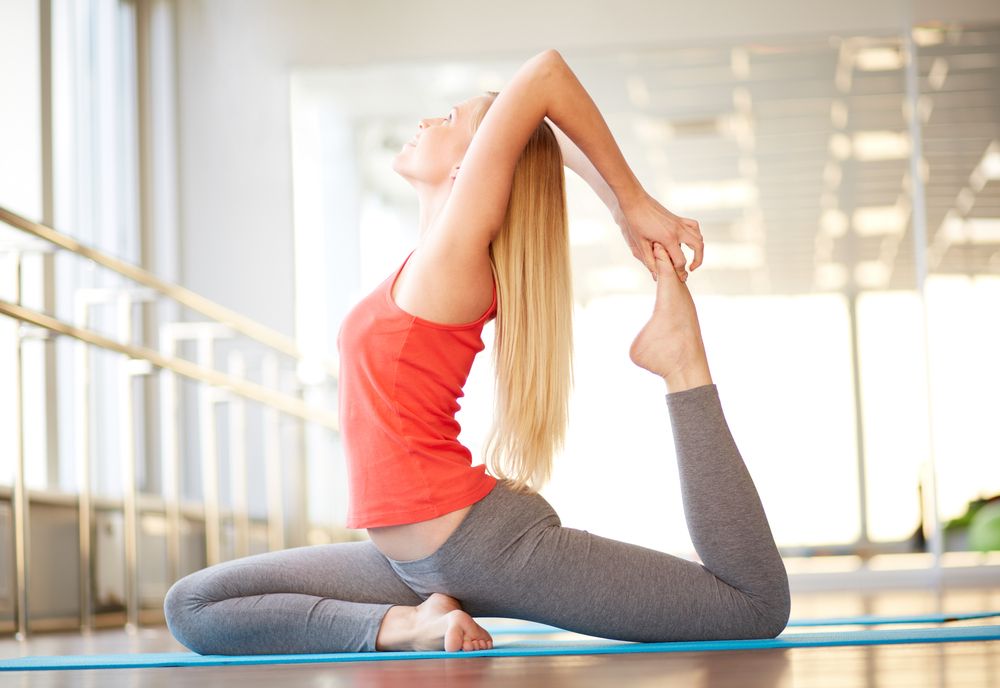
Leading a sedentary life can absolutely wreck your body and overall health. Research shows sedentary habits can increase all-cause mortality, cancer risk, CVD mortality, and chances of developing metabolic disorders. However, it’s not just about avoiding inactivity; it’s also about choosing the right kind of activity. There are certain exercises that can be just as harmful after you hit 40—and they should be approached with caution or avoided at all costs. Staying active becomes even more important as you age, but it’s crucial to adjust your routine wisely.
As you age, your workout routine should be tweaked according to your body’s current needs. Dr. Milica McDowell, a doctor of PT, exercise physiologist, and VP of operations at Gait Happens, notes that high-impact activities may be more challenging for older athletes, as reaction time naturally decreases with age. She also explains that movement coordination begins to become “less intuitive,” meaning familiar motions may require more focus. This isn’t to say all intense activities are off-limits, but rather that a longer warm-up, more repetitions for muscle memory, and a gradual ramp-up are essential.
Especially after hitting 40, maximizing your attention to alignment is a must. Robert Brace, celebrity trainer and founder of Brace Life Studios, points out that “some of the most common moves in the gym can actually speed up wear and tear on your body after 40 if not done right.” He emphasizes that “Once you cross 40, your joints and connective tissue are also not as forgiving as they were in your twenties. Exercises that crank on your lower back, knees, and shoulders can accelerate damage if you don’t adapt them.” The goal isn’t avoidance, but adjustment, focusing on proper form, gradual progression, and smart modifications when needed.

1. **Long-Distance, High-Impact Running**Long-distance running often comes with a host of lauded benefits, from cardiovascular health to mental clarity. Yet, as the years tick by, particularly after 40, the rigorous, high-impact nature of pounding the pavement can begin to take a significant toll on your body. The repetitive stress involved in long-distance running often breaks down joints more than it builds your body up, creating a negative balance that can lead to discomfort and injury.
Your knees and hips, in particular, bear the brunt of this continuous impact. Over time, this intense, repetitive strain can manifest as chronic pain or contribute to the development of conditions such as osteoarthritis. For those past their prime marathon-running years, this consistent wear and tear can undermine overall joint health and mobility, making daily activities more challenging.
Beyond the physical impact, the sheer time commitment required for serious marathon training or even regular long runs can be difficult to manage. For many men over 40, balancing demanding work schedules, family responsibilities, and other life commitments often leaves little room for the extensive hours needed to properly train and recover from long-distance events. This imbalance can lead to fatigue, burnout, and an increased risk of injury.
Instead of pushing through the pain or sacrificing precious time, consider embracing low-impact cardio alternatives that still deliver excellent cardiovascular benefits without the joint punishment. Activities like swimming, which offers a full-body workout in a buoyant environment, cycling, which is gentle on the knees, or even brisk walking, can be incredibly effective. These options are not only easier on your joints but can also be more easily integrated into a busy schedule, promoting consistent, sustainable fitness.
Read more about: 14 Wild Ways Cycling Is More Than Just a Ride (Plus, How You Can Join the Fun!)
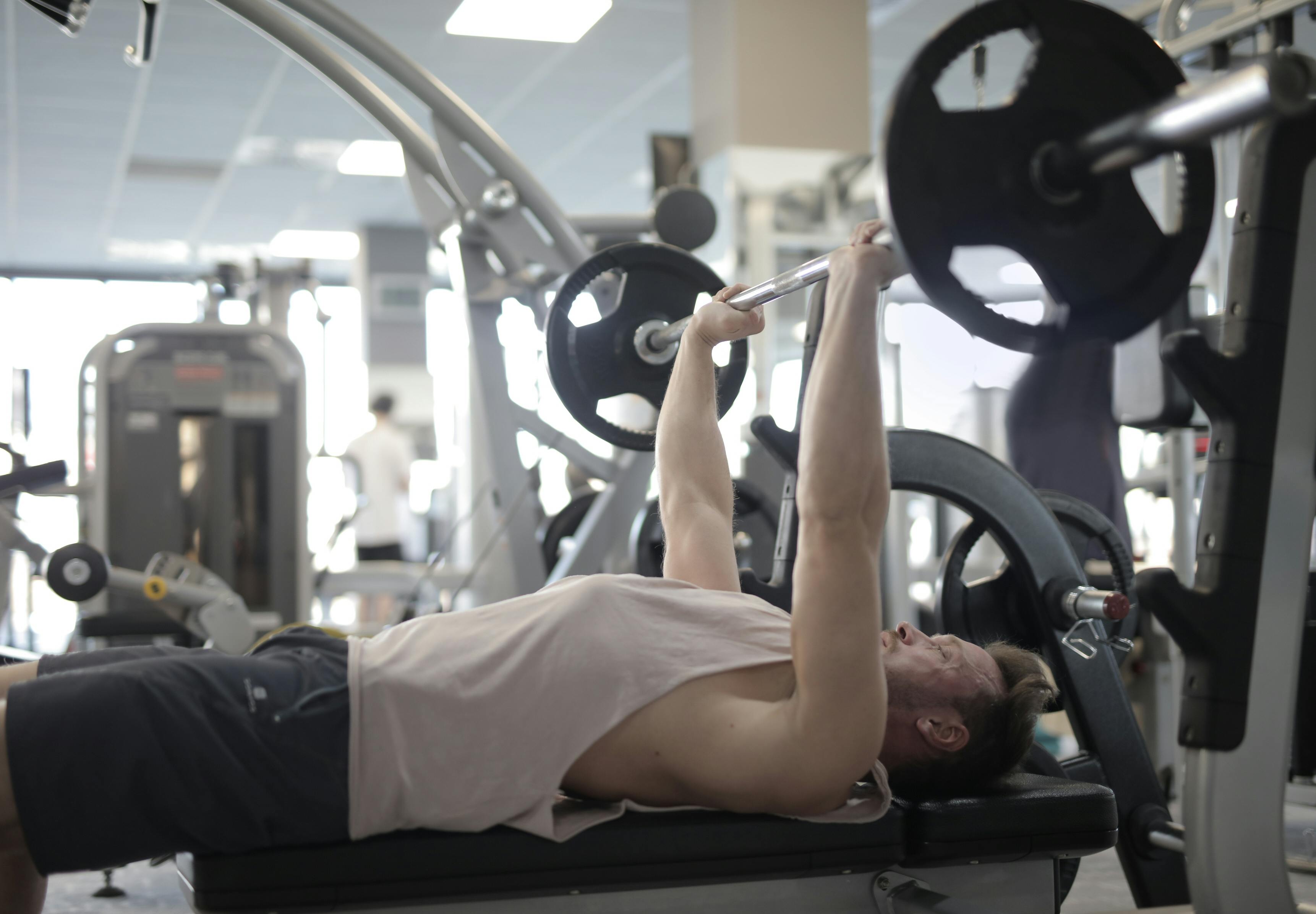
2. **Bench Pressing Heavy Weights**For many years, the bench press has stood as a cornerstone exercise, synonymous with building a powerful upper body and demonstrating raw strength. It’s natural for men, especially those who have been lifting for years, to want to continue pushing heavy weights. However, once you cross the age of 40, your body’s ability to recover changes significantly, and what once felt manageable can now become a recipe for injury.
Your shoulders, in particular, are highly susceptible to injury when performing heavy bench presses. The intricate network of muscles and tendons known as the rotator cuff, which stabilizes your shoulder joint, can suffer substantial wear and tear from the repeated strain of lifting heavy loads in this position. This vulnerability increases with age, as connective tissues become less forgiving.
Consistent, heavy bench pressing, especially without impeccable form or adequate recovery, can lead to painful conditions such as tendinitis. In more severe cases, the constant stress can even result in rotator cuff tears, which often demand extensive recovery periods, potentially involving physical therapy or even surgical intervention. Such injuries can severely disrupt your fitness routine and daily life.
Rather than risking these debilitating injuries, safer and equally effective alternatives exist to target your chest muscles. Push-ups, for example, are a fantastic bodyweight exercise that engages the core and stabilizers while being much kinder to your shoulders. Dumbbell presses, whether flat, incline, or decline, offer a greater range of motion and allow for independent arm movement, reducing the strain on your joints while still building impressive strength and muscle mass.
Read more about: Beyond Protein Shakes: Your Definitive Guide to Halting Muscle Loss After 50 with Essential Bodyweight Exercises and Smart Strategies
3. **Heavy Deadlifting**Deadlifts are undoubtedly a powerhouse exercise, celebrated for their ability to engage multiple muscle groups simultaneously and build impressive total-body strength. Yet, as you transition into your 40s, the risk-to-reward ratio for heavy deadlifting becomes considerably less favorable. The demands it places on your body, particularly your lower back, mean that the margin for error in your form significantly narrows, making the exercise much riskier.
With age, your lower back becomes more vulnerable to strain and injury. A slight misalignment in your posture, a momentary lapse in concentration, or simply attempting to lift too much weight can easily result in a severe lower back injury. The consequences of such an injury can be profound, impacting every aspect of your daily life, from simple acts like sitting and standing to walking and even finding a comfortable sleeping position.
Recovering from a lower back injury can be a prolonged and incredibly frustrating process, frequently involving extensive physical therapy and extended periods of rest, pulling you away from your fitness goals. While deadlifts, when performed correctly, are considered one of the best movements for building total-body strength, for men over 40, the emphasis must shift dramatically toward impeccable form and appropriate weight selection.
To safely continue benefiting from this foundational movement, or to find alternatives, prioritize a neutral spine and consider working with a certified trainer to refine your technique, starting with lighter loads. Alternatively, focus on bodyweight exercises like squats and lunges, which strengthen similar muscle groups without the same high risk. Incorporating kettlebells for safer strength training can also provide a challenging and effective workout for the posterior chain and core without excessive spinal loading.
Read more about: The Essential Guide for Men Over 40: 14 ‘Inefficient’ Exercises to Ditch and Their Safer, Smarter Alternatives
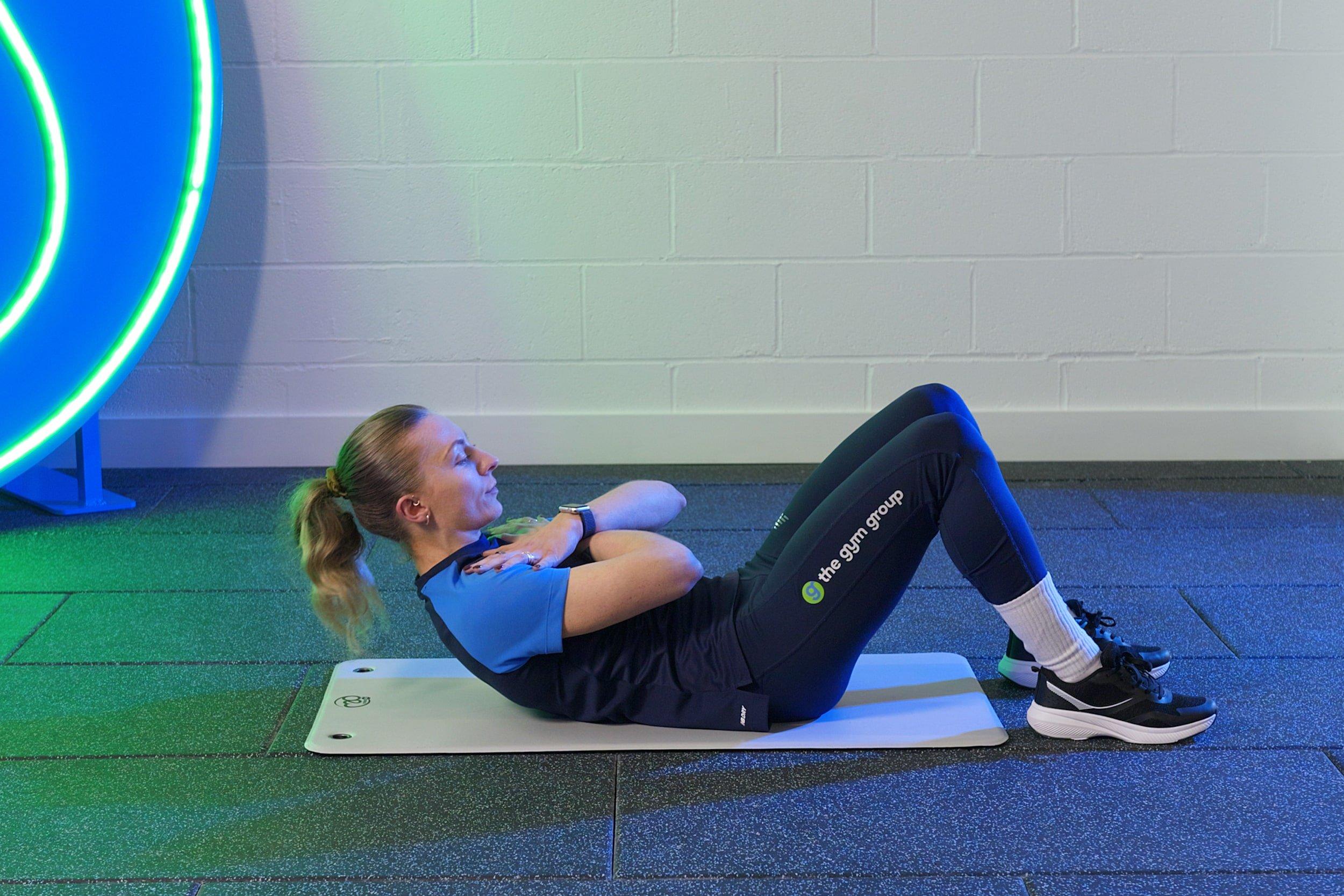
4. **Crunches for Core Workouts**For decades, crunches have been the quintessential exercise for anyone looking to build abdominal strength and achieve a defined core. However, for men over 40, this seemingly straightforward exercise can often do more harm than good, particularly due to the repetitive motion that places significant and undue strain on already vulnerable areas like the neck and lower back.
Many individuals, whether consciously or unconsciously, tend to pull on their neck to initiate the crunch, rather than engaging their core. As Robert Brace notes, he has “seen many people pulling on their necks to get up and going back down with a straight unprotected spine. This can lead to injury.” Such improper execution not only risks neck strain but also fails to adequately protect the spine, exacerbating the risk of lower back issues that are already more common with age.
Furthermore, crunches often fall short in effectively engaging the entire core musculature. They tend to overwork the hip flexors and superficially engage the rectus abdominis, while minimally targeting deeper, crucial muscles such as the transversus abdominis and obliques. This can lead to an imbalance in core strength, which, ironically, can increase the risk of back pain and compromise overall functional stability.
Instead of relying on crunches, a more holistic approach to core training is vital as you age. Planks are an excellent alternative, engaging the entire core, including the deep stabilizing muscles, and improving posture without placing undue stress on your neck or lower back. Exercises like bird dogs and dead bugs also provide a fantastic way to target the core while being much gentler on your body, promoting stability and control in a safer manner.
Read more about: The Essential Guide for Men Over 40: 14 ‘Inefficient’ Exercises to Ditch and Their Safer, Smarter Alternatives
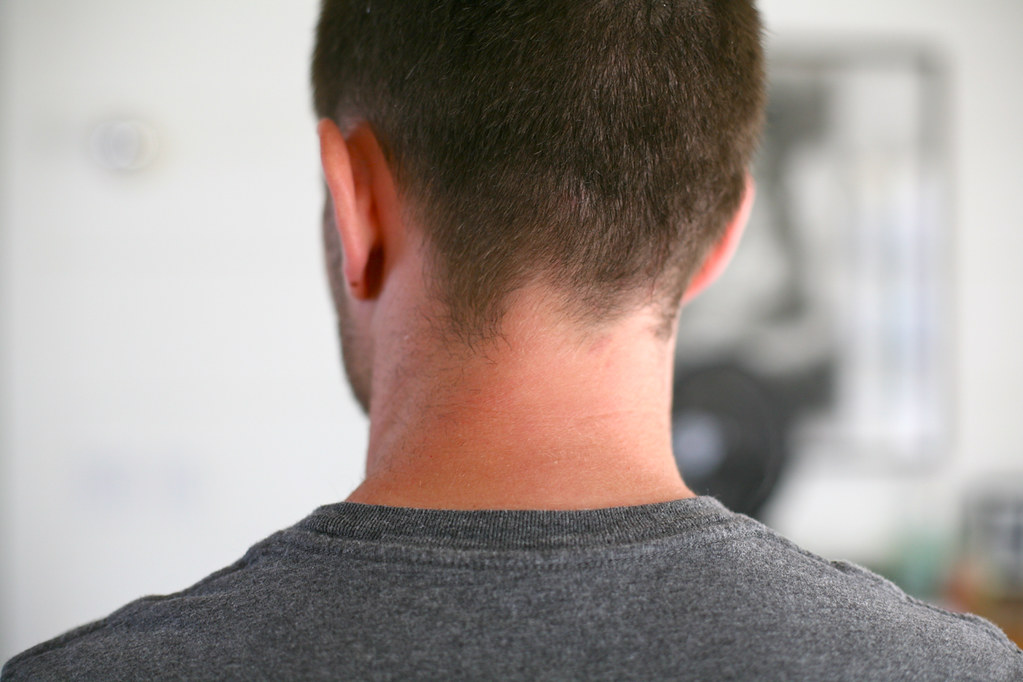
5. **Behind-The-neck Lat Pulldowns or Presses**Certain exercises position the body in ways that, while seemingly effective, can be particularly detrimental to the joints, especially for men over 40. Behind-the-neck lat pulldowns and presses fall squarely into this category. These movements, by design, force your shoulders into an unnatural and compromised position, which significantly increases the risk of injury and strain.
Robert Brace explicitly cautions against these exercises, stating, “This one is not a favorite of mine. There are other, safer ways to get the same job done.” The primary concern lies in the extreme external rotation and abduction required of the shoulder joint, which places immense stress on the rotator cuff, the group of muscles and tendons responsible for stabilizing the shoulder. This can lead to tears, inflammation, or chronic pain.
Beyond the shoulders, these movements also place strain on the neck. The need to position the bar behind the head can cause the neck to hyperextend, leading to discomfort, stiffness, and potentially long-term issues. Even with meticulous form, the inherent biomechanics of behind-the-neck exercises make them a high-risk choice for an aging body where joints and connective tissues are less forgiving.
For building upper body strength and targeting the lats and shoulders effectively and safely, opting for alternatives is crucial. Front presses, performed with the bar in front of the head, or machine shoulder presses offer controlled movements that keep the shoulder joint in a more natural and protected position. For lat pulldowns, bringing the bar to the front of the chest, rather than behind the neck, achieves the desired muscle activation with significantly reduced risk of injury to both the shoulders and neck.

6. **Upright Barbell Rows**Upright barbell rows are another exercise often included in shoulder-building routines, but they carry a considerable risk, particularly for men over 40. This exercise involves lifting a barbell or dumbbells vertically from the waist to the chin, with elbows pointing outwards. While it targets the shoulders and traps, its biomechanics place the shoulder joint in a vulnerable position that can lead to significant issues.
The main concern with upright rows is the impingement it can cause in the shoulder joint. As the arms are raised, the narrow space between the rotator cuff tendons and the acromion (part of the shoulder blade) can become compressed. For older men, whose connective tissues may be less resilient and whose posture might be less than ideal, this compression can lead to pain, inflammation, and potential damage to the rotator cuff tendons.
This repetitive impingement can escalate into conditions like shoulder tendinitis or bursitis, making everyday movements and other exercises painful. The exercise is known to “press down on the rotator cuff tendons, causing pain and inflammation,” making it a less-than-ideal choice for long-term joint health. For this reason, it is often advised that it’s “better to choose exercises that are easier on the shoulders.”
To effectively strengthen your shoulders and upper traps without putting them at risk, there are numerous safer alternatives. Exercises such as dumbbell lateral raises effectively target the side deltoids, promoting shoulder width without impingement. Face pulls are excellent for strengthening the rear deltoids and improving posture, further supporting shoulder health. Machine shoulder presses or even front raises with dumbbells can also provide a more controlled and less risky path to building robust, resilient shoulders.
Read more about: The Essential Guide for Men Over 40: 14 ‘Inefficient’ Exercises to Ditch and Their Safer, Smarter Alternatives

7. **Forward Lunges**Lunges are widely recognized as an effective compound exercise for building lower body strength, targeting the quadriceps, hamstrings, and glutes. However, the specific mechanics of forward lunges, particularly for men over 40, can pose a significant challenge and increase the risk of knee strain and injury. As joints and connective tissues become less forgiving with age, the forward momentum and deceleration involved in this movement can be particularly tough on the knees.
When performing a forward lunge, the front knee often experiences considerable stress as it moves over the toes, especially if proper form is not strictly maintained. For individuals with pre-existing joint issues or those whose knee cartilage has begun to show signs of wear and tear, this can exacerbate problems. The repetitive impact and deceleration can lead to acute pain, inflammation, and contribute to long-term degenerative conditions in the knees.
The challenge is compounded by factors such as decreased reaction time and less intuitive movement coordination, as highlighted by Dr. Milica McDowell. These age-related changes mean that maintaining perfect balance and control during the forward lunge can be more difficult, increasing the likelihood of an unstable landing or an overextended knee, which directly contributes to the risk of injury.
To continue reaping the benefits of lunges while prioritizing knee health, intelligent modifications are key. Reverse lunges, for instance, are often a safer and equally effective alternative. By stepping backward, the front knee does not travel as far forward, and the impact is typically absorbed more evenly through the hip, reducing direct stress on the knee joint. Additionally, focusing on foundational movements like squats with proper depth and controlled execution can build comprehensive leg strength without the specific risk profile of forward lunges, ensuring your lower body remains strong and resilient for years to come.
Read more about: Beyond the Page: 14 Essential Insights into Toni Morrison’s ‘Beloved’ That Still Resonate Today

8. **Plyometric Exercises**For many, the idea of explosive, plyometric movements like box jumps, burpees, and lateral bounds conjures images of peak athleticism. These exercises are indeed powerful tools for building speed and power, yet they can be incredibly harsh on your body as you step into your 40s. The rapid deceleration and impact involved place significant stress on your joints and connective tissues, which are naturally less resilient with age.
Dr. Milica McDowell, a doctor of PT and exercise physiologist, notes that “Plyometric exercises in those who aren’t used to them can put your connective tissues (think Achilles tendon) at risk.” This risk escalates if you’re attempting movements you haven’t performed in years. Jumping down from a box, for instance, can be particularly hazardous for lower body tendons, increasing the likelihood of tears or chronic pain.
It’s not to say that all plyometrics are off-limits, but rather that a strategic, gradual approach is absolutely essential. McDowell explains that for an older athlete to safely enjoy activities like plyometrics, they need “a longer warm up, more repetitions to get the ‘muscle memory’ back, and definitely should ramp up and practice these types of movements rather than just jumping into exercises they haven’t done since high school.” This means building a solid foundation before attempting high-impact drills.
Try Instead: If you’re looking to maintain power, focus on controlled, lower-impact variations. Step-ups onto a box, carefully executed jump squats with a focus on soft landings, or even medicine ball throws can provide similar benefits without the excessive joint stress. Prioritizing control and form over height or speed will safeguard your body for years to come.
Read more about: Unlocking Ancient Power: 12 Olympic Training Secrets from Legendary Greek Athletes
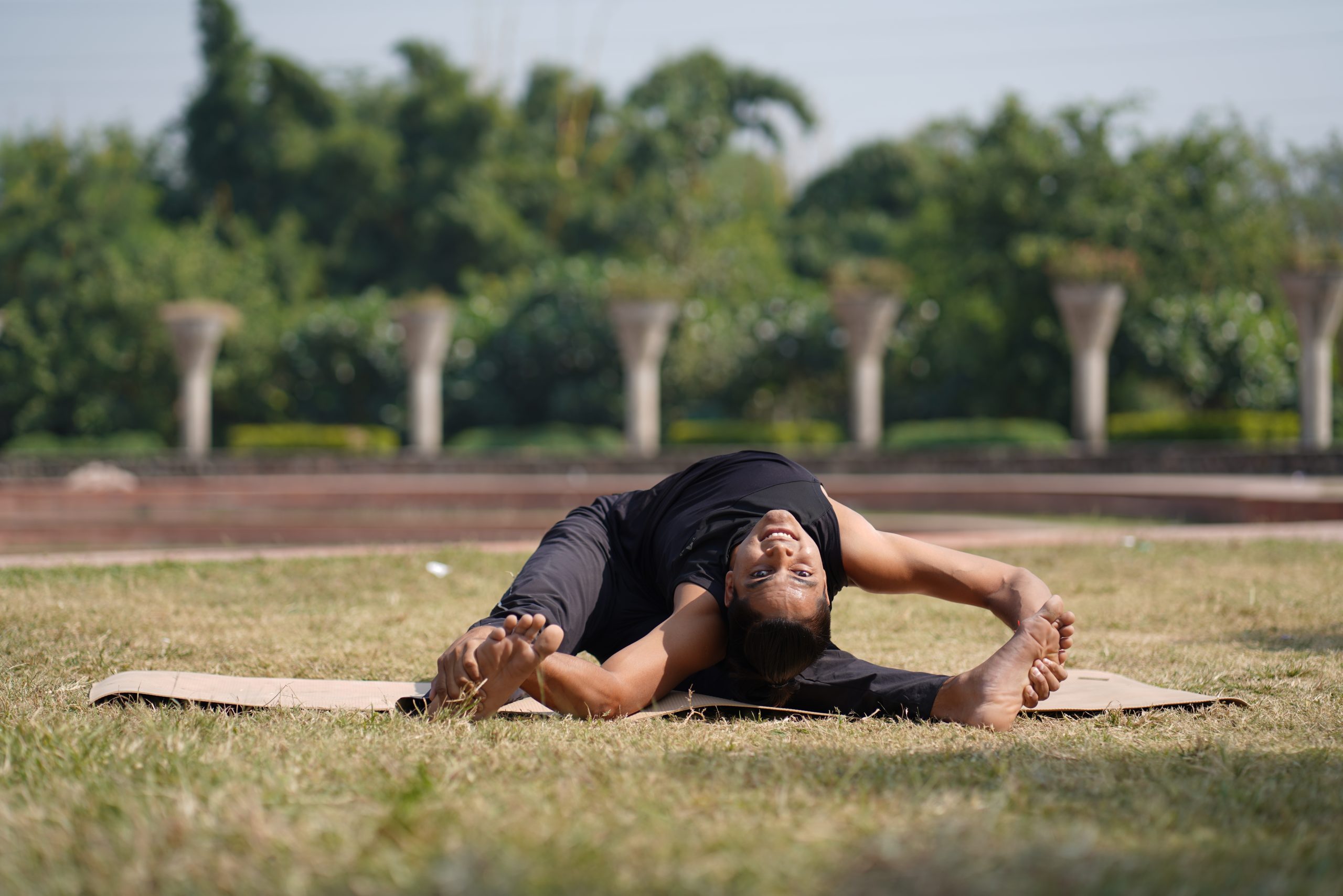
9. **Twisting Exercises**Exercises that involve a significant twisting component, such as Russian twists, cable woodchops, and landmine rotations, are often integrated into core routines to build rotational strength. While these can be effective for certain athletes, they pose a considerable risk for men over 40, especially if underlying mobility issues are present.
Dr. Milica McDowell stresses that “Twisting exercises can be risky for those with limited mobility.” When your hips and thoracic spine lack the necessary range of motion to rotate freely, the twisting force tends to migrate to the lumbar spine, or your lower back. This area is particularly vulnerable to irritation and injury when subjected to repetitive, uncompensated rotation.
McDowell further elaborates, “If you have poor range of motion, doing exercises like woodchops or medicine ball cross body movements can irritate your low back.” Such irritation can quickly escalate into chronic pain or more severe spinal issues, disrupting not just your workouts but also daily activities. The goal for core training should be stability and controlled movement, not risky contortions.
Try Instead: Focus on anti-rotation and anti-extension exercises that build core stability without compromising your spine. Pallof presses, side planks, and bird dogs are excellent options that engage your core musculature to resist rotational forces, thereby strengthening it in a much safer, more functional manner. These movements prioritize spinal integrity and build a resilient core.
Read more about: Mastering Midlife Fitness: The Essential Exercises Men Over 50 Need to Stay Strong, Mobile, and Injury-Free

10. **Rucking**Rucking, the practice of walking or hiking with a weighted backpack or rucksack, has gained popularity for its unique blend of cardio and strength benefits. It’s an appealing challenge, but for men over 40, diving into rucking without proper conditioning can be a recipe for exacerbating existing issues or creating new injuries.
Dr. Milica McDowell cautions against rucking if you aren’t adequately conditioned for this form of exercise. The added load, while beneficial when managed correctly, places additional stress on your musculoskeletal system, particularly your back, hips, and knees. If your body isn’t accustomed to carrying extra weight, the compensatory movements can quickly lead to strain.
“Many people are trying weighted walking (rucking, or weighted vests) for the first time, and adding additional load can exacerbate old injuries if you haven’t properly ramped up by using small increments of weight over weeks or months,” McDowell explains. This highlights the critical need for a slow, progressive overload rather than an immediate leap into heavy loads. Your body needs time to adapt to the increased demands.
Try Instead: Begin with bodyweight walking or hiking to build a strong foundational endurance. Once comfortable, introduce a weighted vest or backpack with minimal weight, gradually increasing the load over a period of weeks or even months. Ensure your posture remains upright and core engaged. Alternatively, incorporate separate strength training sessions focusing on posterior chain and core strength to prepare your body for the demands of rucking safely.
Read more about: Beyond the Hype: Unpacking the Myriad Reasons Why Self-Driving Cars May Never Truly Work

11. **Olympic Lifts**Olympic lifts, such as snatches and cleans, are impressive displays of power, coordination, and strength. They demand a high degree of technical proficiency, mobility, and explosive force. While incredibly effective for trained athletes, for men over 40 who aren’t deeply experienced, these movements are among the most technique-sensitive and high-risk exercises to undertake.
Dr. Milica McDowell’s advice on this is unequivocal: “If you aren’t trained, Olympic lifts are another intense exercise to avoid.” The complexity of these lifts involves rapidly moving a barbell from the floor to an overhead position, requiring perfect timing and significant mobility in the shoulders, hips, and ankles. A slight miscalculation or technical flaw can lead to severe injury, especially to the wrists, shoulders, and lower back.
McDowell emphasizes, “Picking up a barbell without expert instruction can be a recipe for injury.” Furthermore, she advises to “Resist the peer pressure in workout classes like HIIT or CrossFit to try snatches, cleans or deadlifts if you haven’t had 1:1 coaching to properly learn the techniques.” This underscores that these are not movements to be casually attempted without dedicated, individualized coaching to ensure safety and mastery.
Try Instead: If building explosive power and full-body strength is your aim, consider less technically demanding, yet still effective, alternatives. Kettlebell swings are a fantastic way to develop hip hinge power. Medicine ball slams or throws can build explosive core and upper body strength. For overall strength, focus on foundational compound movements like squats, presses, and rows, prioritizing perfect form and progressive overload with manageable weights.
Read more about: Beyond the Arena: Unearthing the Brutal and Ingenious Ways Ancient Civilizations Mastered Combat Sports

12. **Sprinting Sports**Participating in sprinting sports like basketball or soccer brings a rush of adrenaline and a fantastic cardiovascular workout. However, for men over 40 who do not regularly engage in such activities, the spontaneous bursts of high-speed movement and sudden changes in direction carry a significant and often underestimated risk of injury.
Dr. Milica McDowell, acknowledging this as potentially “an unpopular opinion,” clearly states that “if you’re 40+ and don’t regularly play a sport that requires sprinting—like basketball or soccer—the risks of a calf, hamstring, or groin injury far outweigh any benefits.” The body of an unconditioned individual over 40 is simply not as prepared for the sudden, explosive demands that these sports place upon muscles and tendons.
These types of injuries, such as pulled hamstrings or calf strains, can be incredibly painful and require lengthy recovery periods, sidelining you from all physical activity. The spontaneous nature of game play often prevents the controlled warm-up and gradual progression that an aging body needs, making unexpected movements particularly hazardous.
Try Instead: If you enjoy the competitive spirit, consider modifying your participation or choosing lower-impact alternatives that still get your heart rate up. Brisk walking, cycling, or swimming offer excellent cardiovascular benefits without the sudden, high-force demands on your muscles and connective tissues. If you’re determined to play, ensure a comprehensive, extended warm-up and slowly integrate into the intensity of the game, rather than jumping straight into full-speed play.
Read more about: Unleashed Beasts: A Deep Dive into Lamborghini’s 8 Coolest Concept Cars Ever Made
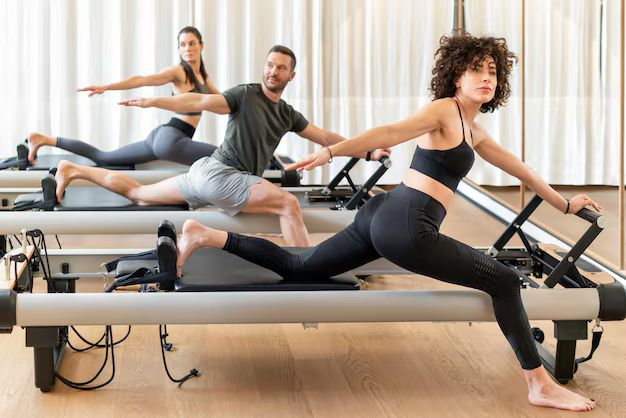
13. **Static Stretching Before Workouts**For decades, static stretching—holding a stretch for a prolonged period—was a quintessential component of any pre-workout routine. The belief was that it prepared muscles for activity and prevented injury. However, contemporary research and expert consensus suggest that static stretching before a workout, especially on cold muscles, can actually do more harm than good for men over 40.
When muscles are cold and haven’t had adequate blood flow, they are less pliable and more susceptible to microscopic tears when pulled into a static stretch. This practice not only increases the risk of injury during the stretch itself but can also paradoxically decrease your performance during the subsequent workout by reducing muscle strength and power, as the muscle’s ability to generate force is temporarily diminished.
The context explicitly states, “research suggests that static stretching before exercise can do more harm than good, especially for cold muscles.” It further explains that this can “lead to small tears in the muscle fibers” and “decrease your performance during the workout by reducing muscle strength and power.” This is precisely the opposite of what a good warm-up should achieve.
Try Instead: The key to an effective pre-workout warm-up lies in dynamic movements that gradually increase blood flow and prepare your joints for the activity ahead. Opt for “dynamic stretching or a light warm-up to prepare your body for exercise,” as suggested in the context. Activities like arm circles, leg swings, and light jogging are excellent choices. Save your static stretching for *after* your workout, when your muscles are warm and more receptive to increasing flexibility safely.
Read more about: Unlock Your Potential: 13 Simple Ways AI Can Revolutionize Your Daily Workout Routine

14. **Overdoing High-Intensity Interval Training (HIIT)**High-Intensity Interval Training (HIIT) has soared in popularity due to its efficiency in boosting cardiovascular health and burning calories in shorter durations. It’s a powerful workout method, but for men over 40, the demanding nature of HIIT requires careful consideration. While beneficial in moderation, “Overdoing HIIT can lead to fatigue, burnout, and even injury if not carefully managed.”
As your body ages, its ability to recover from intense exertion naturally slows down. HIIT sessions, by design, push your body to its physiological limits, and frequent, relentless application of such intensity without adequate recovery can overwhelm your nervous system. This isn’t just about sore muscles; it’s about systemic fatigue that can hinder progress and increase injury risk.
The context highlights that “Recovery is essential at any age, but your body’s ability to bounce back can slow with time. Overdoing HIIT or skipping rest days can increase the risk of burnout or injury.” If you’re consistently feeling drained or your performance is declining, it’s a clear signal that you might be pushing too hard or not allowing enough recovery time.
It’s important to remember that for most individuals, “1-3 sessions per week is enough” for HIIT. Pushing beyond this without sufficient rest and a balanced routine can lead to overtraining, which, as the context warns, can result in “a decrease in performance, an increased risk of injury, and a lack of motivation to continue exercising.” The goal is sustainable fitness, not a rapid burnout.
Try Instead: While HIIT can remain a part of your routine, integrate it thoughtfully. Balance intense sessions with moderate-intensity, steady-state cardio, such as brisk walking, light jogging, or swimming. These activities provide excellent cardiovascular benefits with less stress on your system. Prioritize proper recovery, listen to your body’s signals, and remember that consistent, smart effort trumps sporadic, overly intense workouts for long-term health and vitality.
Read more about: The Essential Guide for Men Over 40: 14 ‘Inefficient’ Exercises to Ditch and Their Safer, Smarter Alternatives
As we navigate the fitness landscape beyond 40, the path to sustained strength and vitality isn’t found in relentless pursuit of past glories or reckless intensity. It’s about a conscious, informed shift towards smarter training. Listen to your body, embrace adjustment over avoidance, and choose movements that empower, rather than endanger. Your 40s and beyond can be your strongest, healthiest years, provided you train with wisdom and respect for the incredible machine that is your body.



